Departure: Dakar
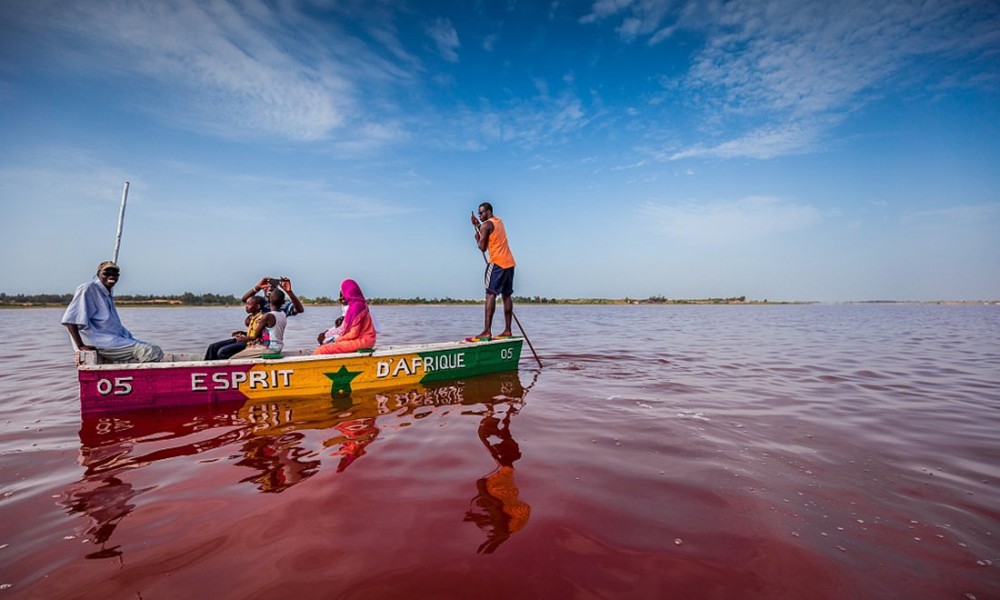
Dakar, despite its relatively young age - as a city it was founded by the French in the middle of the 19th century, - is an incredibly interesting and colourful megalopolis, whose heart is a giant port, which is both a landmark and, as it used to be identified in socialist economies, "a city-forming object ". The contribution of port to the state financial life is difficult to overestimate; therefore, local residents treat both ships and shipyards very respectfully, especially since the city itself became the capital largely owing to the port. Prior to Dakar, the main city of the country was St. Louis located 250 kilometres north. Photo axelbachmeier.blogspot.com
Photo axelbachmeier.blogspot.com
Seasoned travellers refer to Dakar as "African Paris", because the strongest French colonial-cultural influence is felt to this day in everything - from municipal architecture to the way of life in many quarters - such a bit lazy, a promenade-like. And this is despite the industrial component of the city (in addition to the port, there are many factories and plants in the city and its surroundings), and the poverty that reigns everywhere, just have a look at city transport and slum huts. Dakar residents recognize that they are financially far away behind the European big brother, but with good-natured smiles on their faces they assure that happiness is definitely not in working from dawn to dusk, and not even in money, it is in the opportunity to stroll through the beautiful city and even in spending last money on a cup of fragrant coffee or cool cola. Dakar with its boulevards, refreshing views of the Atlantic Ocean and comfortable beaches in the suburbs, certainly invites to relax.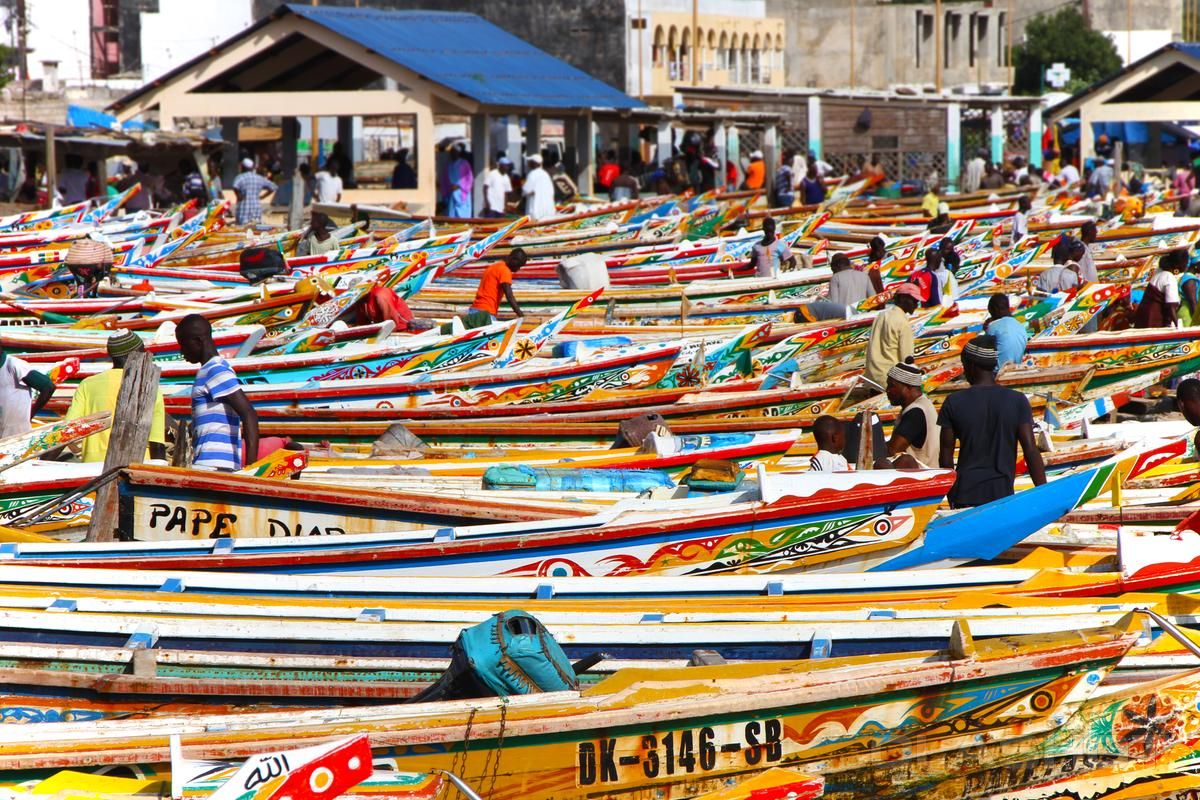 Photo pinterest.com
Photo pinterest.com
The capital of Senegal can offer to the traveller various types of pastime, since it is easy to combine beach and sightseeing of Medina - the old city, famous for its African frenetic markets "marché" much-loved for their fantastic atmosphere. Almost all of them specialize on one type of goods, so you will not have the feelings of deja vu when considering new trade places. The richest is the Kernel Market, surrounded by beautiful colonial buildings, located near the port. Flowers and folk crafts are sold there, so walking along its rows is almost the same as visiting some museum. Quite different emotions, and most likely the desire to have a snack will come at the food market of Sandaga, where you can buy unique spices and fruits, and fish market Soumbédioune, where anglers take their ocean catch every day. Not to spoil your eyes with smells only, it would be nice to drop into the Malien market next to the station, selling pearl and terracotta products. In general, no matter how much time you spent in Dakar, it is mandatory to go through the markets and preferably with someone from the local people, so that you can definitely buy true treasures but not just "stuff for tourists".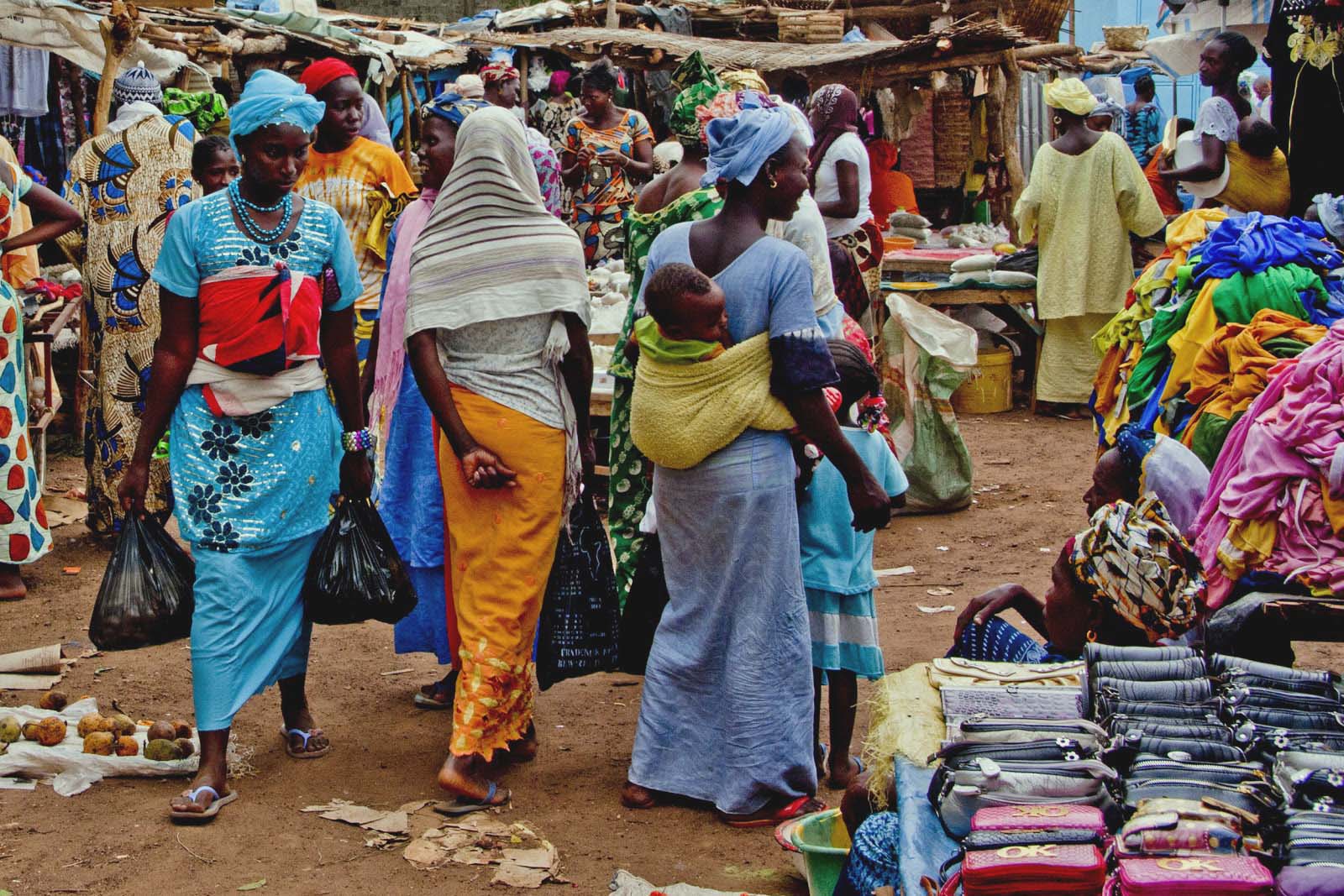 Photo forallevents.info
Photo forallevents.info
Read also: Boat instead of shopping basket: Famous floating markets
Mosques are the same numerous as markets in the city, 95% of the population of Senegal are Muslims, so religious buildings are an important ensemble of the central part of the city, which somewhere resembles not only Paris, but also typical Middle Eastern cities. At the same time, local mosques, even such large ones as the Grande Mosquée, are still decorated and look much more modest than their siblings in other Muslim states, that's why the city and the country itself are considered secular, especially when comparing the luxury of religious buildings and, for instance, a snow-white Presidential Palace, built in a green park on the ocean shore. Interestingly, the uniform of sentries guarding the residence of the head of state shows whether the president is in the working place - if yes, then the bodyguards wear a red uniform, if he is away - blue. Photo followmefaraway.com
Photo followmefaraway.com
Read also: Lakes that are changing the idea of the power of the nature
If a metropolis (in Dakar there are more than a million inhabitants) has too much riot of noise and smells for you, and the main sights have been already inspected, head to peaceful suburbs that can impress as much as the capital itself. All because Dakar and the surroundings that sprawl across the unique Cap-Vert peninsula, so the nature here has contributed the same as the French and the Senegalese themselves, in terms of architecture. In addition to the ocean beaches, it is worth to go to Lake Retba, or the Pink Lake, which is 30 kilometres away from the city. This giant water cup resembling a fruit cocktail is a unique natural phenomenon, since the salt concentration here is 1.5 times higher than in the Dead Sea. Out of a litre of water, about 350-400 grams is salt, which is important not only for the economy of Senegal, but also allows tourists to heal themselves while reading books or newspapers right on the surface - you will not drown anyway. What is still amazing here is the lake's ability to change the colour of water depending on the time of day and weather conditions, it can be pink or brown. It was near the Retba that the famous Paris-Dakar race used to have its finish.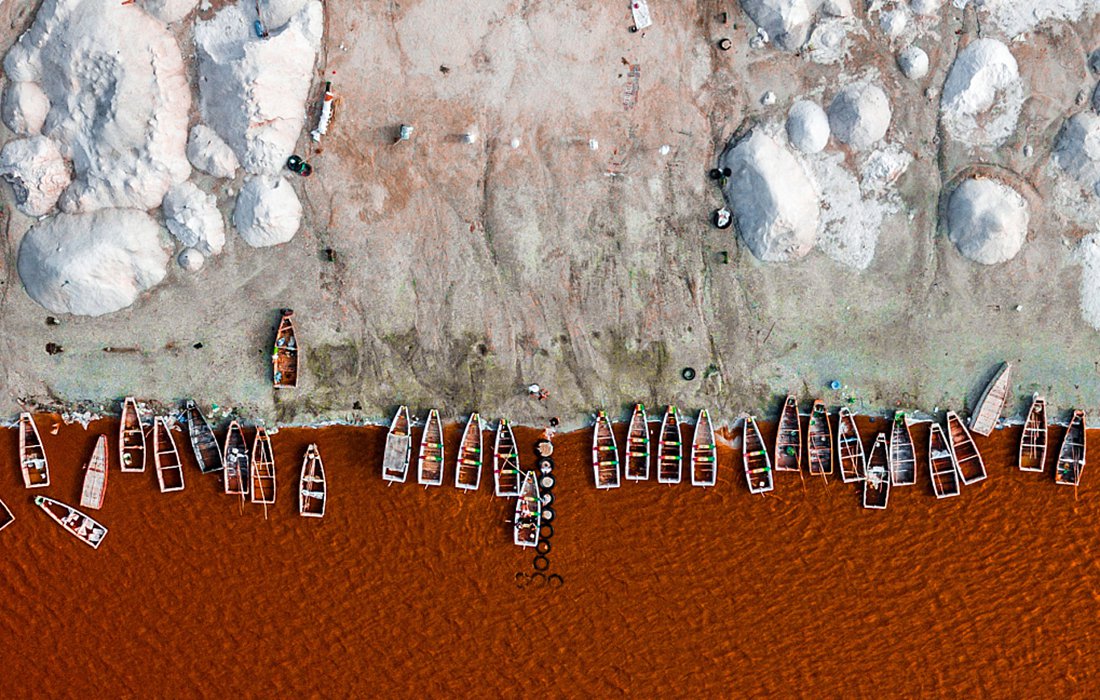
Photo globaltimes.cn
Another place with much quieter pace of life is a tiny but very picturesque island of Gorée just off Dakar's north shore. The entire island was listed on UNESCO World Heritage List. It is famous for its fort, the market and museums - the Naval Museum and the Museum of Women, but the main object is a particularly impressive, reconstructed slave market, which was built in 1786. This place immediately returns to reality that you are in Africa, in the history of which there were too many sad pages, unfortunately, written by white people...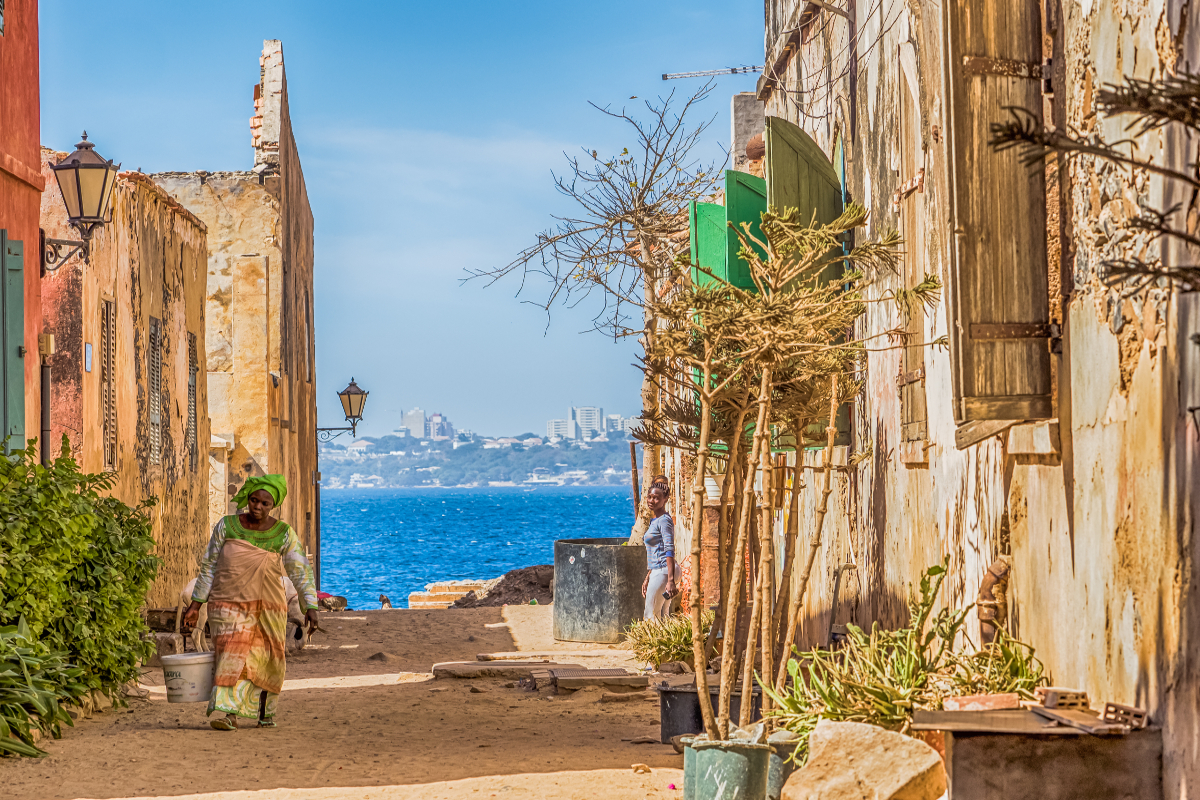 Photo civitatis.com
Photo civitatis.com
Yet, let's not talk about sad things, because Dakar is still the city of the future, one of the most important and most beautiful megacities of the entire Continent, which is rapidly changing and developing. Its new freeways, fight against poverty, high-rise buildings, modern hospitals and shops, are symbols of hope that Africa is able to break out of its past, from its monstrous social problems, taking from its historical background only the best, what makes this region a highlight even in the urban 21st century.
Cover photo globaltimes.cn





















